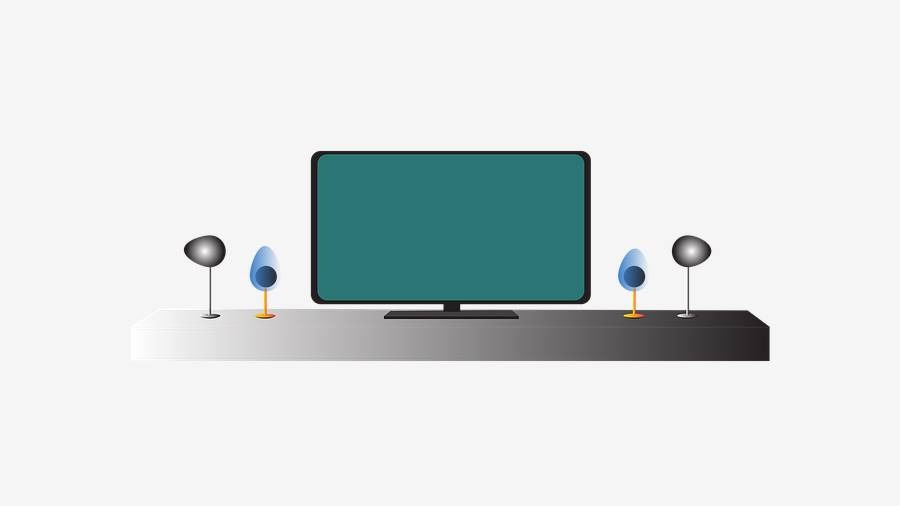In a well-functioning market, companies usually compete on services and prices when rivals emerge. However, the cable industry doesn’t seem to follow this rule. Despite the availability of numerous affordable streaming options, cable TV providers don’t appear to be lowering their prices soon. In fact, they increase their prices annually, leading many existing customers to “cut the cord” and switch to more budget-friendly streaming services, which offer additional benefits without long-term contracts. This article explores whether competition will eventually drive down the cost of cable TV (Traditional TV).
Will Competition Make Cable TV Cheaper?
This situation largely depends on your location, particularly in the U.S. While satellite and streaming services are widely available, cable services haven’t reached every corner of the country.
If you reside in an area where cable services have a monopoly, you’re likely to experience yearly price hikes. Some users have successfully negotiated lower prices by threatening to switch to alternative services, but this tactic doesn’t always yield results.
People often try this strategy by dropping the satellite services, assuming installation and weather disruptions are major concerns with alternatives. Consequently, these options aren’t always viable.
While cable TV providers like Spectrum and Xfinity, known for their competitive pricing, have expanded to over 44 states and might eventually cover the entire country, certain areas will remain beyond the reach of cable services. This is because the infrastructure needed for cable TV can’t be built everywhere. While price is a crucial factor, availability and channel lineup also play a significant role in consumer decisions. For instance, a comprehensive channel lineup, designed to cater to diverse tastes within a household, can be a strong incentive for subscribers.
Pricing Practices in the Traditional TV Industry
Typically, after a year of using a conventional cable TV service from a major provider, customers experience a significant price increase. While this might seem like an isolated experience, it’s a common practice across the industry, regardless of promotional offers. In a competitive market, prices tend to remain reasonable.
However, in the absence of competition, which is often the case, prices tend to rise annually. This phenomenon exists across industries but is particularly noticeable in the cable sector. Cable companies commonly add a 20% to 25% markup on their content costs when charging customers. As a result, cable TV should theoretically become cheaper with competition.
However, competition has a limited impact on prices because all cable companies pay similar fees for content from premium networks. This cost depends on the cable company’s with the external media company and the services provided. Some cable companies are venturing into streaming services, using these revenues to expand infrastructure and develop new offerings.
A common strategy employed by cable companies is to raise subscription prices once the promotional period ends, usually after the first year. This tactic effectively attracts new customers. However, many consumers are embracing “cord-cutting” and transitioning to on-demand streaming services, enticed by their content and pricing.
Former cable users who have switched to streaming services often cite the desire to avoid paying for channels they rarely watch, especially as prices continue to escalate. They view it as a waste of money and time, given the availability of more affordable alternatives.
Technological Advancements
Cable providers are investing in technology upgrades to rival the seamless viewing experience offered by streaming services. These enhancements include cloud DVR, voice-activated remotes, and expanded on-demand libraries. By enhancing user experience, cable companies aim to justify their pricing and retain subscribers, ultimately making cable TV channels more appealing.
Collaborations with Streaming Services
To stay competitive, some cable companies have partnered with popular streaming services. For instance, Comcast offers Netflix and Hulu integration through its Xfinity platform. These partnerships provide added value to subscribers, combining the best of both worlds.
Will Cable TV Prices Actually Decline?
While competition has compelled cable providers to adapt and innovate, the question remains: will cable TV prices actually decrease? The answer is multifaceted and depends on several factors influencing Traditional TV:
- Content Expenses: One of the primary reasons for the high cost of cable TV is the significant expense associated with acquiring and licensing content. Sports programming, in particular, is a major cost driver. As long as networks and sports leagues continue to command high licensing fees, it’s improbable that cable providers will significantly reduce their prices.
- Market Dynamics: Market forces also impact the pricing of Traditional TV services. In regions with multiple cable providers, competition generally leads to lower prices. Conversely, in areas with limited choices, prices may remain elevated due to the lack of competition.
- Consumer Preferences: As more consumers shift towards streaming services, cable providers might need to adjust their pricing strategies to remain attractive. However, this doesn’t necessarily translate to lower prices across the board. Instead, we might observe more flexible pricing models, offering various options to cater to diverse budgets and preferences.
- Regulatory Factors: Regulatory interventions can also influence cable TV pricing. Government policies aimed at promoting competition and safeguarding consumer interests could foster a more favorable pricing environment. However, regulatory actions are often lengthy processes and subject to political considerations.
Cable TV on a Budget: The Bottom Line
While cable operators often attribute high prices to broadcasters, this explanation only tells part of the story. This discussion has attempted to illuminate the various factors contributing to price increases imposed by cable service providers and how the cable industry is addressing the lines of monopoly.
Despite increased competition, prices haven’t decreased significantly. So, will cable TV become more affordable than its competitors?
Currently, cable TV providers haven’t taken any substantial steps to suggest a price reduction in the near future. The rate of cord-cutting might not be drastic enough to warrant such a change. Given the significantly lower cost of streaming services compared to cable, it remains to be seen how the industry will evolve.
